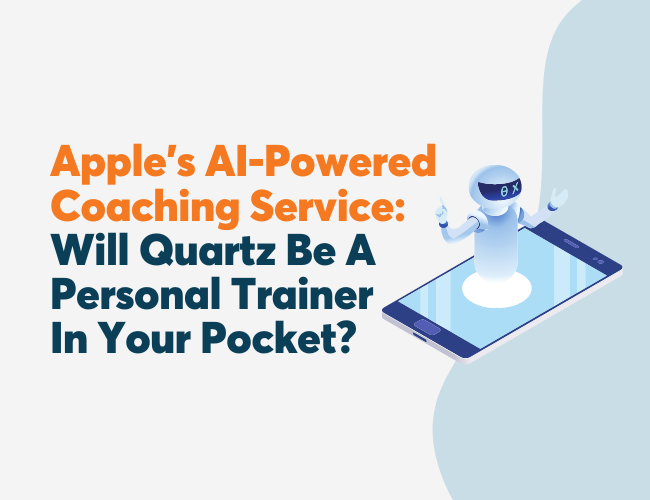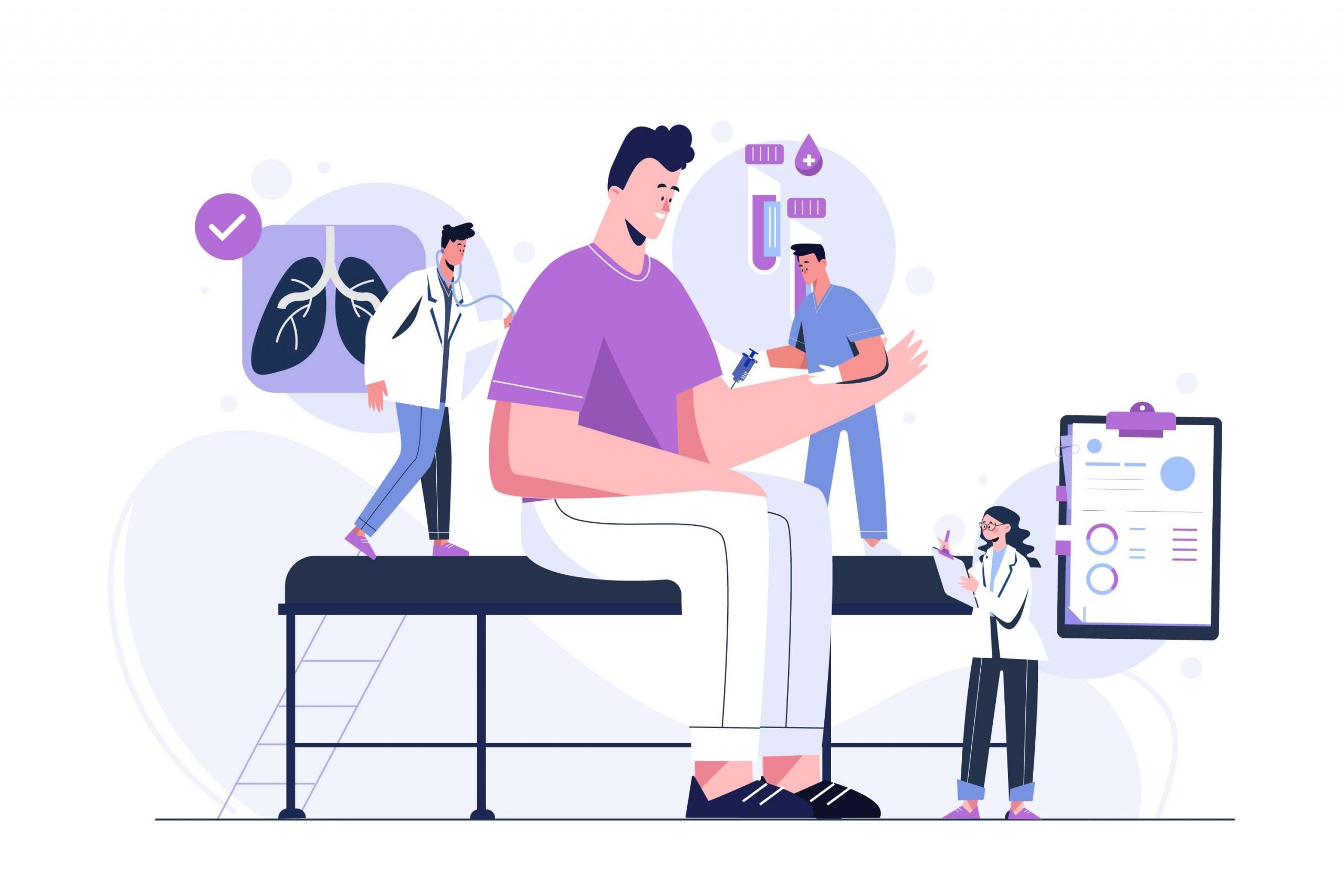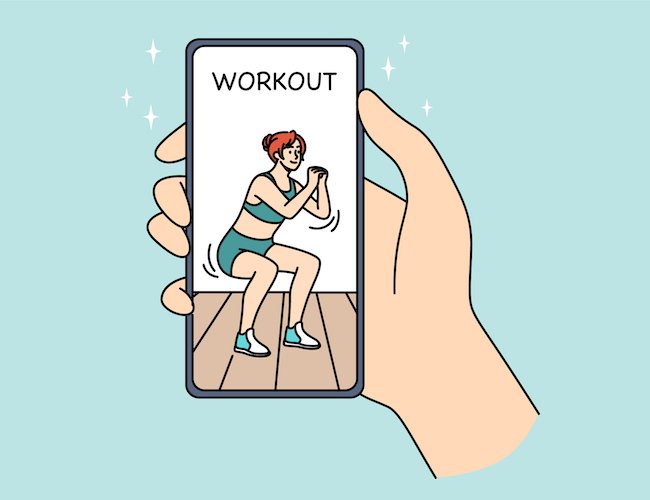One effective way to improve the well-being of one’s workforce is to provide them with an opportunity to learn about available benefits and interact with a variety of wellness experts in a single setting or occasion. These events, often referred to as “health fairs,” have traditionally been held in physical locations that employees must be present in if they want to have access to the individuals and information that they contain. However, it is possible to make each of the services that would have been available in an on-site health fair accessible virtually. Although virtual health fairs experienced a surge in popularity due to pandemic-related restrictions, they will likely continue their trajectory as employees move to permanent or semi-permanent remote work and as employers experience the number of significant advantages they have over on-site counterparts.
They Are Better For Your Workforce
A virtual health fair is likely to make a greater overall contribution to the well-being of your workforce than an on-site one. This is in part because virtual health fairs are easier for many employees to attend, which means they are likely to yield a higher turnout. For example, virtual health fairs allow any employee to attend, regardless of where they are located. For those workers that continue to work from home or are returning to the office environment on a 3-2-2 schedule this is vital. Moreover, after a year of worrying about catching and spreading contagious infections, many employees may feel more comfortable attending a health fair from the comfort of their own home regardless of whether they typically work from home.
Aside from increasing the odds of a high turnout, a virtual health fair stands to positively impact more of the attendees and to impact them to a greater degree. One reason for this is that it is easier to offer a greater variety of events virtually, which means you can cover a greater variety of wellness needs. On top of that, virtual health fairs can offer attendees a veil of anonymity which removes a potential barrier to learning about how to take care of wellness needs that one wishes to keep private. Finally, by hosting an event online, employers can more readily accommodate those with various disabilities. For example, by including live captioning or real-time ASL translations, employers can extend the benefits of their health fairs to those with hearing impairments.
Since virtual health fair events need to be hosted on a digital platform, the sessions can be recorded. This allows for flexibility on when events can be viewed as well as allows individuals to revisit sessions they need more clarity on. Furthermore, unlike on-site health fairs, which are only beneficial to employees that can attend the physical event at a certain time, recorded virtual health fair sessions can be hosted year-round, allowing new employees to learn about benefits available to them whenever they would like.
They Are Better For Your Business
Not only are virtual health fairs likely to be better for your employees, but they are also likely to be better for your business. While on-site health fairs deliver productivity and retention benefits from a healthier and happier workforce, virtual health fairs do so with a greater magnitude because of the opportunity to engage more employees over a longer period of time.
Virtual health fairs will also save many employers money on the events themselves. On-site health fairs often include venue costs; food, drink, and accommodations for speakers; and other cost associated with a physical event. These costs are especially high for companies with more than one office location, especially since speaker costs increase with each session. Hosting an on-site health fair at each location adds up quickly. With virtual health fairs, these expenses are either non-existent or greatly reduced.












